Sneer all you like at its prolixities and vulgarities but Kenneth MacMillan’s Mayerling remains a ballet that packs an exceptionally powerful emotional punch. Weathering a grapeshot of adverse criticism at its Covent Garden première in 1978, it has comfortably stood the test of time and entered the international pantheon. With a plushly throbbing score culled from Liszt’s oeuvre and an intriguing historical setting (the gratin of Habsbsurg Vienna in the 1880s), it’s a gift to large companies in search of full-length romantic drama beyond the rut of Swan Lake and Giselle.
Already a subscriber? Log in
Subscribe for just $2 a week
Try a month of The Spectator Australia absolutely free and without commitment. Not only that but – if you choose to continue – you’ll pay just $2 a week for your first year.
- Unlimited access to spectator.com.au and app
- The weekly edition on the Spectator Australia app
- Spectator podcasts and newsletters
- Full access to spectator.co.uk
Unlock this article
You might disagree with half of it, but you’ll enjoy reading all of it. Try your first month for free, then just $2 a week for the remainder of your first year.

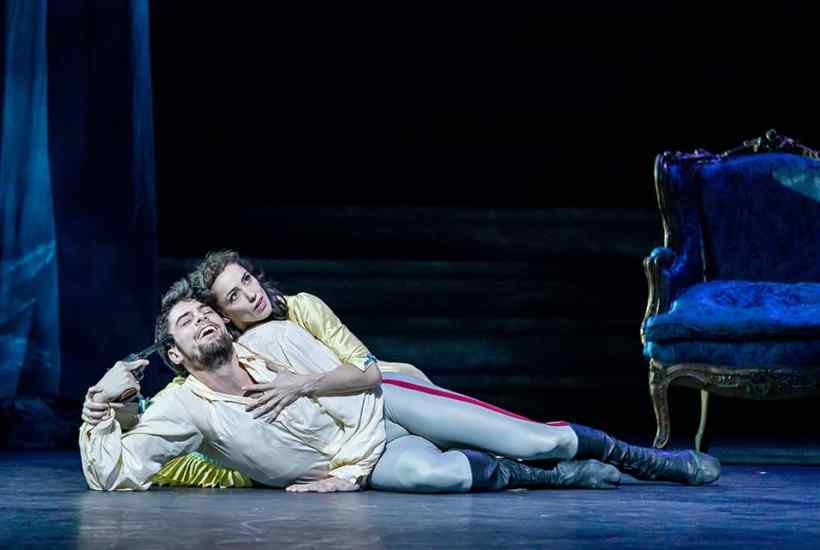
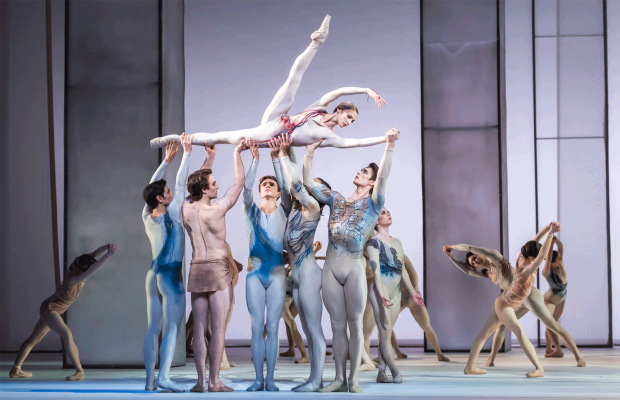
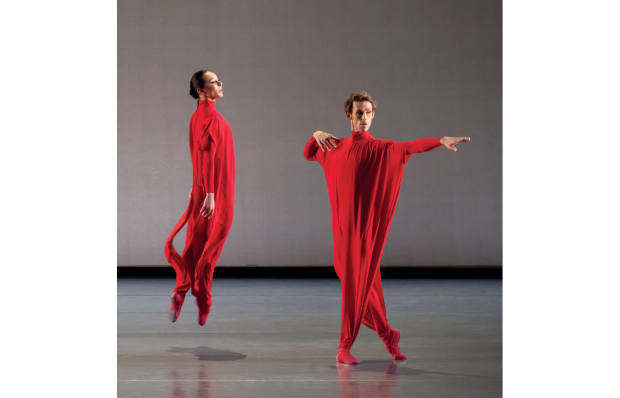

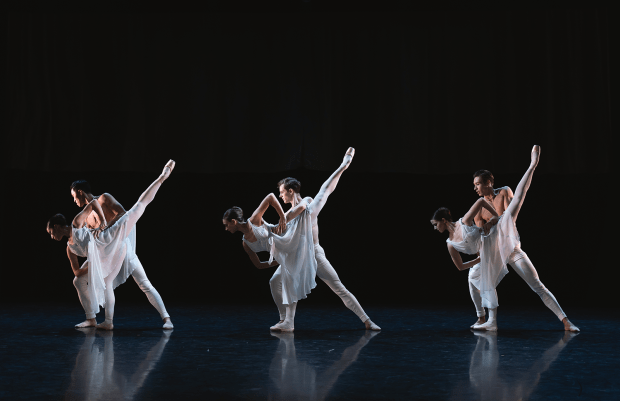
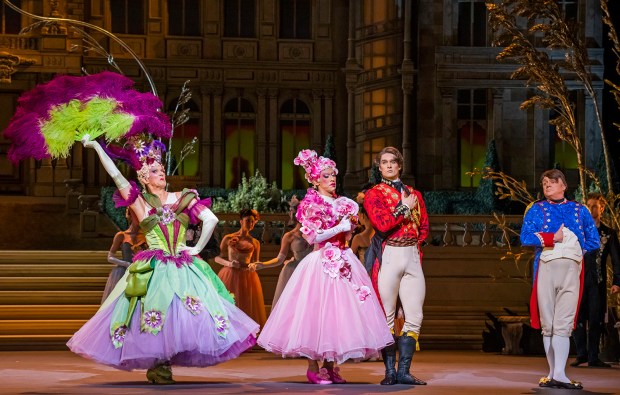
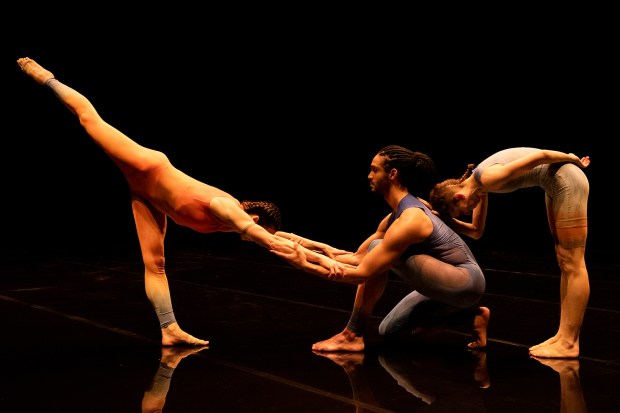






Comments
Don't miss out
Join the conversation with other Spectator Australia readers. Subscribe to leave a comment.
SUBSCRIBEAlready a subscriber? Log in